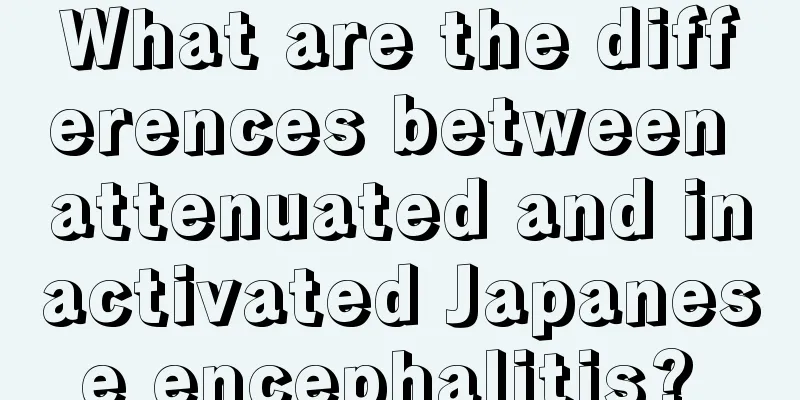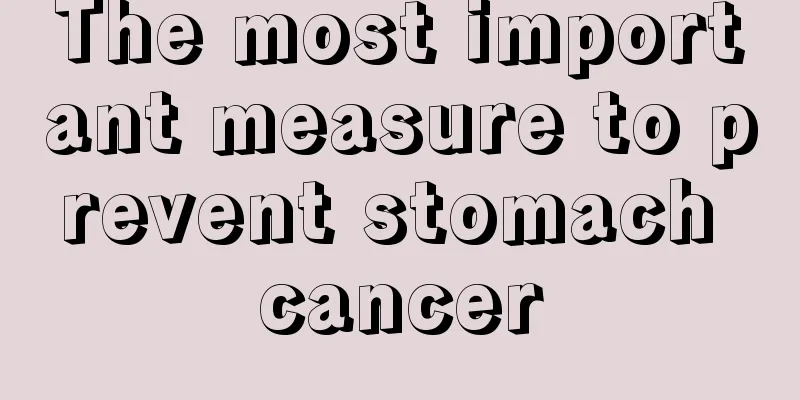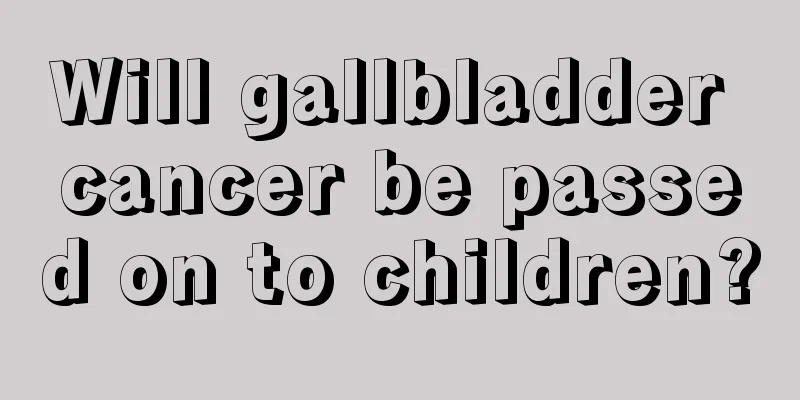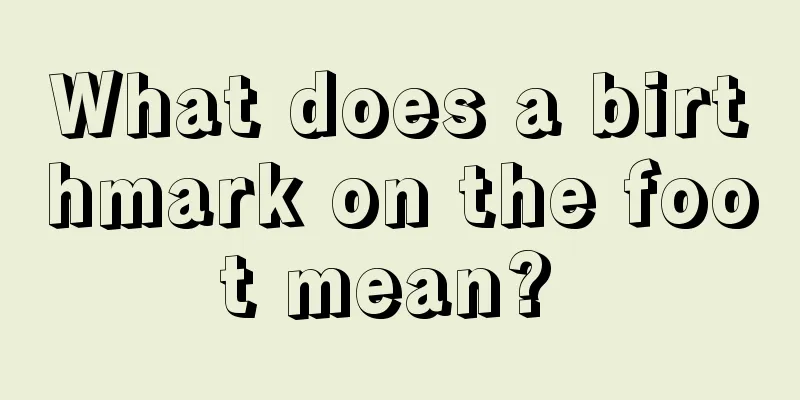What are the differences between attenuated and inactivated Japanese encephalitis?

|
Japanese encephalitis, also known as epidemic encephalitis B, is an infectious disease that occurs in the central nervous system. It is generally caused by a virus and is mainly transmitted from animals to humans. To prevent Japanese encephalitis, you can get either the live attenuated Japanese encephalitis vaccine or the inactivated Japanese encephalitis vaccine. There are some differences between the two vaccines. Here we will introduce to you some of the differences between the attenuated Japanese encephalitis vaccine and the inactivated vaccine! 1. Live attenuated Japanese encephalitis vaccine The live attenuated Japanese encephalitis vaccine is made by inoculating primary hamster kidney cells with the attenuated strain of Japanese encephalitis virus SA14-14-2, culturing and harvesting the virus fluid, and then freeze-drying it with an appropriate amount of gelatin and sucrose protective agents. It is a light yellow loose body, which turns into an orange-red or light pink clear liquid after reconstitution. After vaccination, this vaccine can stimulate the body to produce immunity against Japanese encephalitis virus. Used to prevent Japanese encephalitis. Suitable for healthy children over 8 months old and children and adults entering the epidemic area from non-epidemic areas. 2. Japanese encephalitis inactivated vaccine Japanese encephalitis inactivated vaccine is an orange-red transparent liquid. After vaccination, this vaccine can stimulate the body to produce immunity against Japanese encephalitis virus and is used to prevent epidemic Japanese encephalitis. Suitable for children aged 6 months to 10 years old and children and adults entering the epidemic area from non-epidemic areas. There are generally no adverse reactions after the injection. Some people may experience dizziness and transient fever, which usually do not last more than 2 days and will resolve on their own. Occasionally, scattered rashes may occur, which generally do not require special treatment. Symptomatic treatment can be used if necessary. The injection procedure is as follows: the first and second doses are given at 6 to 12 months of age, with an interval of 7 to 10 days between them. The third and fourth doses are given 6 months after the second dose and at 4 to 10 years of age, respectively. Each injection dose is 0.5 ml. 3. Which is better, attenuated or inactivated Japanese encephalitis? The attenuated vaccine is a live vaccine provided by the state. It has a higher incidence of adverse reactions and only needs to be administered once. Inactivated vaccines are made from dead viruses and are produced for a fee. They have a lower incidence of adverse reactions, but they require two doses to reach the antibody level that can prevent Japanese encephalitis. In comparison, inactivated ones are of course better and have a lower adverse reaction rate. |
<<: What causes bilateral kidney stones?
>>: What should I do if my puppy’s teeth are scratched and bleeding?
Recommend
What's wrong with thirst, fatigue and sleepiness
Thirst may be caused by eating too much salt or n...
How much does cervical cancer surgery cost
How much does cervical cancer surgery cost? Surge...
What tests should be done for nasopharyngeal cancer
After the disease is discovered, doctors often as...
Vitamins that regulate nerves
The human body needs many vitamins, and each vita...
How to regulate the diet for fibroids
How do you get fibroids? Medical science has not ...
Are there any side effects of lung lavage? How difficult is lung lavage?
When it comes to lung washing, many people have p...
The efficacy and function of mint honey
Everyone knows that mint is a very refreshing thi...
What is easier to fall asleep listening to?
Nowadays, many people are under a lot of pressure...
Actively carry out rehabilitation nursing for nasopharyngeal carcinoma chemotherapy
The development of modern medicine has made chemo...
Is advanced colorectal cancer contagious?
Is rectal cancer contagious in the middle and lat...
What are the anti-aging fruits
Aging is inevitable for us, but we can make ourse...
How to remove oil stains from clothes most effectively
When you go out shopping or meet other people, an...
Can purpura cause fever?
Purpura is a disease that many people suffer from...
Which three vitamins should I take for hair loss?
Vitamin C deficiency Collagen binds body tissues ...
Is it okay to sleep without a pillow?
Everyone has their own sleeping posture. Some peo...









